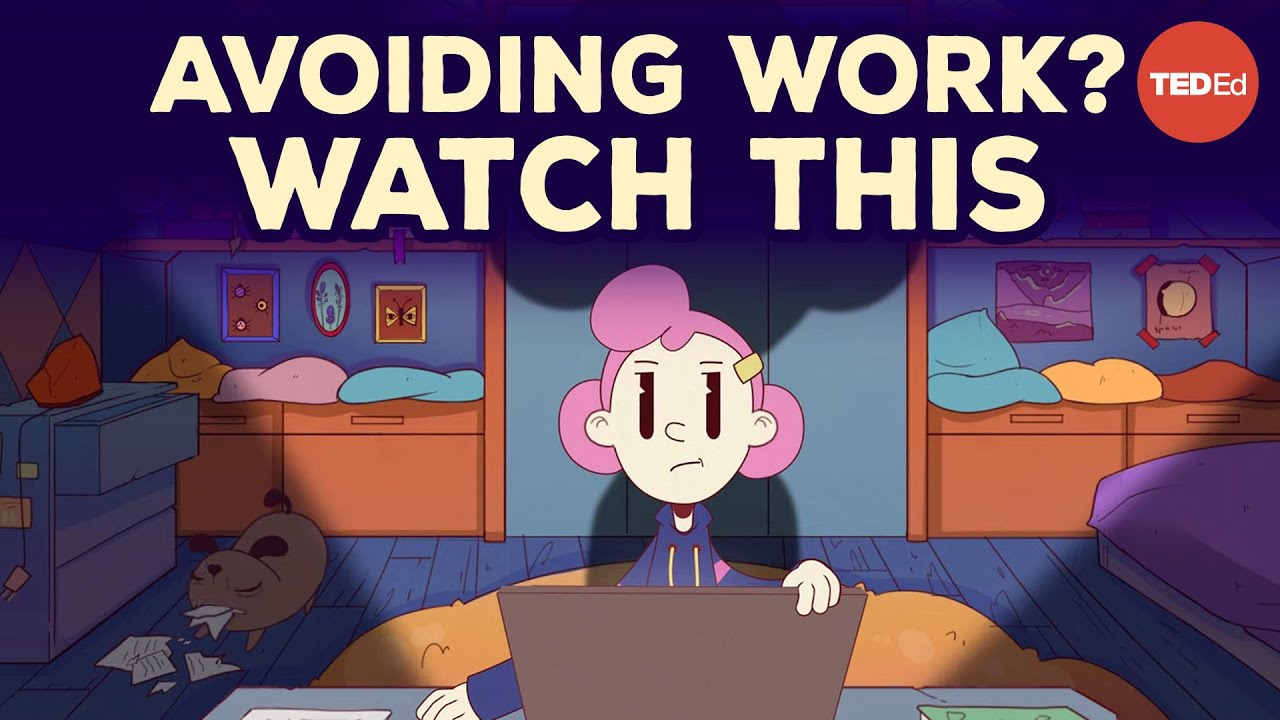Can You Solve The Cursed Dice Riddle?
Chat With Your XTutor About This Video Lesson
Lesson Article
Introduction
Spring, the favorite season of Demeter, the goddess of the harvest, is a time when humans and animals look to her to balance the bounty of the natural world. As any self-respecting goddess would, she accomplishes this task with a pair of magical dice. Every day at dawn, she rolls the dice, and all lands that match the sum of the two dice produce their resources. The resulting frequency of sums across the season keeps her land in perfect harmony; any other rates would spell ruin.
The Trickster God’s Curse
However, this harmony was disrupted when Loki, the Norse trickster god, invaded Demeter’s land and cursed her dice, causing all the dots to fall off. When Demeter tried to reaffix them, she found that one die wouldn’t accept more than four dots on any of its sides, though the other had no such constraint. She could use Hephaestus’ furnace to seal the dots in place before the sun rises, but once sealed, she couldn’t move or remove them again. The challenge was to craft the dice so that, when rolled and summed, every total comes up with the exact same frequency as it would with standard 6-sided dice.
The Solution
Normal dice can roll any sum from 2 to 12, but sums in the middle tend to come up more frequently than ones on the ends. By making a table with all the possibilities for one die represented on the top and those for the other on the side, we can see the odds of rolling any sum. This approach helps in crafting a new set of dice. The locations of the sums in this table may change, but the numbers and quantities of each sum must stay the same.
To start, each die needs a 1 on it to roll a 2. Assuming we have a 4— the highest number possible— on the cursed die, the other one would need an 8 in order to have one way to roll 12. We know we require a single 1 and a single 4 on the cursed die, or we’d have too many ways to roll a 2 or a 12. So the cursed die’s remaining four sides must have a mix of 2s and 3s. If we have three or four 2s, we can roll the sum 3 too many ways. Similarly, if we have three or four 3s, we’d get the sum 11 too often. So the only possibility is for the cursed die to have two 2s and two 3s.
Finalizing the Dice
With one die completed, we should be able to figure out the missing values on the second. First, we need one more way to make 10 and 4, so we must have one 3 and one 6. We now need one more way to make 5 and 9. That forces us to choose 4 and 5 for the final sides. Fill them in, and lo and behold, we have a distribution table where every possible sum shows up the same number of times as with our original dice!
The Sicherman Dice
The discovery of these dice was made in 1978 by George Sicherman, which is why they’re referred to as “Sicherman dice.” Incredibly, this is the only alternate way to make two 6-sided dice with the same distribution of sums as standard dice. With the dice reforged, Demeter could now be confident that she had averted disaster. Now it was time to repay the Norse gods with a gift of her own.
Discussion Questions
- How does Demeter use the magical dice to balance the bounty of the natural world?
- What disrupted the harmony of Demeter’s land and cursed her dice?
- What constraint did Demeter face when trying to fix the dots on her dice?
- How did Demeter craft the dice so that every total comes up with the same frequency as standard 6-sided dice?
- What approach did Demeter use to determine the odds of rolling any sum with the new dice?
- What values did Demeter choose for each side of the cursed die to ensure the correct distribution of sums?
- How did Demeter figure out the missing values on the second die?
- Who discovered the alternate way to make two 6-sided dice with the same distribution of sums as standard dice?
Lesson Vocabulary
spring – the season between winter and summer, in which plants begin to grow and the weather becomes warmer – I love seeing all the flowers bloom in the spring.
season – a division of the year marked by changes in weather, ecology, and hours of daylight – Fall is my favorite season because of the beautiful colors of the leaves.
humans – members of the Homo sapiens species; individuals of the human race – Humans have the ability to think and reason.
animals – living organisms that feed on organic matter, typically having specialized sense organs and nervous systems – The zoo has a variety of animals from all around the world.
harmony – a pleasing combination of elements that create a sense of completeness and unity – The choir sang in perfect harmony, creating a beautiful melody.
dice – small cubes with markings on each face representing numbers, used in games of chance or gambling – Roll the dice and see what number you get.
curse – a solemn utterance intended to invoke a supernatural power to inflict harm or punishment on someone or something – The witch placed a curse on the evil king.
table – a piece of furniture with a flat top and one or more legs, providing a level surface for various activities – We gathered around the table to have dinner together.
values – principles or standards of behavior; one’s judgment of what is important in life – Honesty and kindness are important values to instill in children.
distribution – the act of giving or delivering something to a number of people or places – The distribution of food to those in need was organized by the local charity.
Share This Lesson:
- Categories: Algebra, Grade 8, Mathematics, TED Ed, Video Lessons
- Keywords: animals, curse, dice, distribution, harmony, humans, season, spring, table, values








